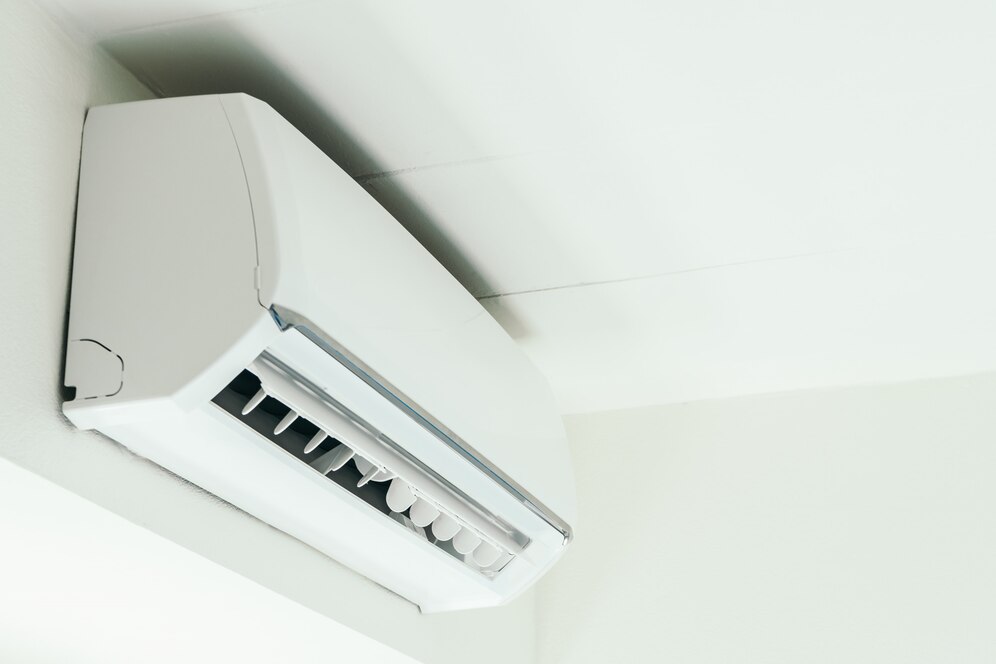There’s a widespread misconception that the main function of an air conditioning unit is solely to cool indoor spaces. While cooling is indeed its primary purpose, it’s essential to recognize that reducing humidity is another crucial aspect.
For this to happen effectively, the system must be appropriately sized. If it’s too small, it won’t sufficiently extract moisture from the indoor air. Conversely, an oversized system might cool the home too quickly, causing the blower to shut off before the cool air circulates adequately, leading to increased indoor humidity levels.
Excessive humidity isn’t just uncomfortable but can also pose health risks, fostering the growth of mold, mildew, and bacteria. For individuals with asthma, allergies, or respiratory issues, high humidity can exacerbate breathing difficulties.
Even when a home cools down correctly, it can still feel damp and musty if there’s too much humidity present. So, why might your air conditioning system struggle to eliminate humidity entirely? To understand this, let’s delve into the workings of this intricate system.
The Basics of Air Conditioning
Ironically, it was humidity control that drove Willis Carrier to develop indoor air conditioning in the early 20th century. Today, the American Society of Heating, Refrigerating and Air-Conditioning Engineers (ASHRAE) offers a straightforward explanation of how air conditioning functions:
“Air conditioners cool indoor spaces by removing heat from the air. This process involves blowing air over a cold coil, known as an evaporator coil, which contains refrigerant. As the refrigerant absorbs heat from the air, it changes from a liquid to a gas. The refrigerant is then pumped outside to a condenser coil, where it releases heat and returns to its liquid state. A compressor is used to circulate the refrigerant between the coils and adjust its pressure, ensuring it evaporates or condenses as needed.”
As air passes over the refrigerant coils, both heat and moisture are extracted from it. The excess moisture, referred to as condensate, is then directed outside the home through a drain.
Air Conditioning: More than Just Cooling
Numerous factors can disrupt this process. Firstly, sizing is critical; the system must be appropriately sized to handle the household’s energy load. Additionally, it must have the correct amount of refrigerant, as leaks or reduced airflow across the coils can diminish cooling capacity.
During hot and humid weather, the air conditioning system may struggle to achieve the desired indoor relative humidity level of 45-55%. This challenge is compounded by indoor activities such as cooking and showering, which can introduce significant moisture into the air.
Given these complexities, it’s important to understand that air conditioning systems primarily focus on temperature control and may not independently manage humidity levels.
Hope is Not Lost
However, there are solutions available. Whole-house dehumidifiers and portable units offer effective options. Additionally:
- Avoid leaving the thermostat set to the “fan” position, as it can circulate moist air back into the home.
- Use exhaust fans while cooking or bathing.
- Keep windows closed on humid days.
- If you suspect other factors contributing to humidity issues, seek assistance from professionals.
While air conditioning systems are complex, experts can address problems to ensure you enjoy drier, more comfortable indoor air.

